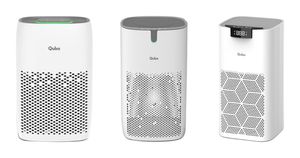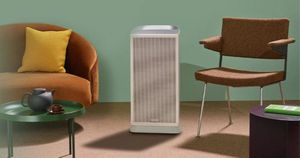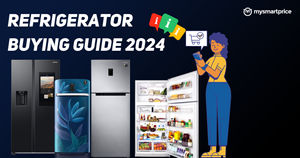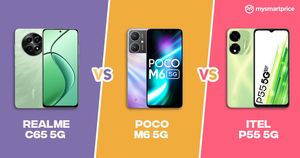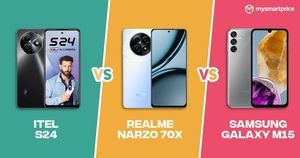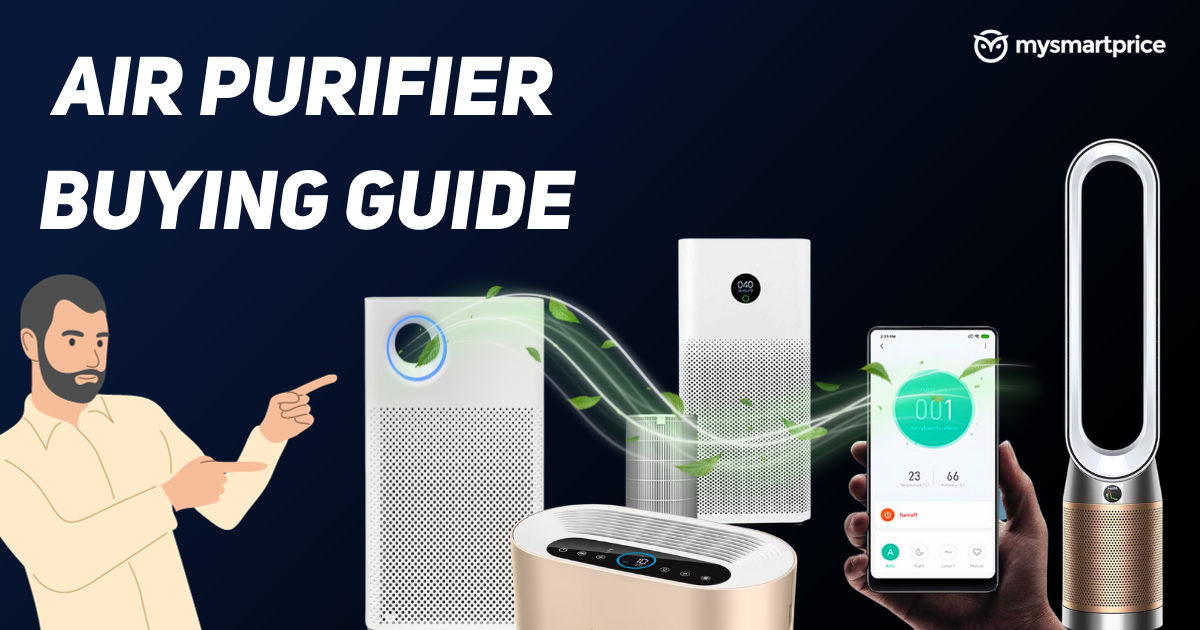
Air Purifiers are rapidly becoming a necessity in our homes. The pollution levels of major cities in India have dropped to an all-time low in recent years. Maintaining air quality indoors is now more important than ever.
Air Purifiers can improve indoor air quality by removing pollutants, particles, odor, and even some bacteria and viruses. Air Purifiers can also be helpful to improve the health of you and your family, as they can even remove bacteria and some viruses in the air.
But choosing an air purifier is an important task, and we’re here to decode that with this Air Purifier buying guide.
Types of Air Purifiers
There are different types of air purifiers available in the market. Before buying an air purifier, you need to first know about the different types of air purifiers available in the market. Let’s start from there first.
HEPA Air Purifiers
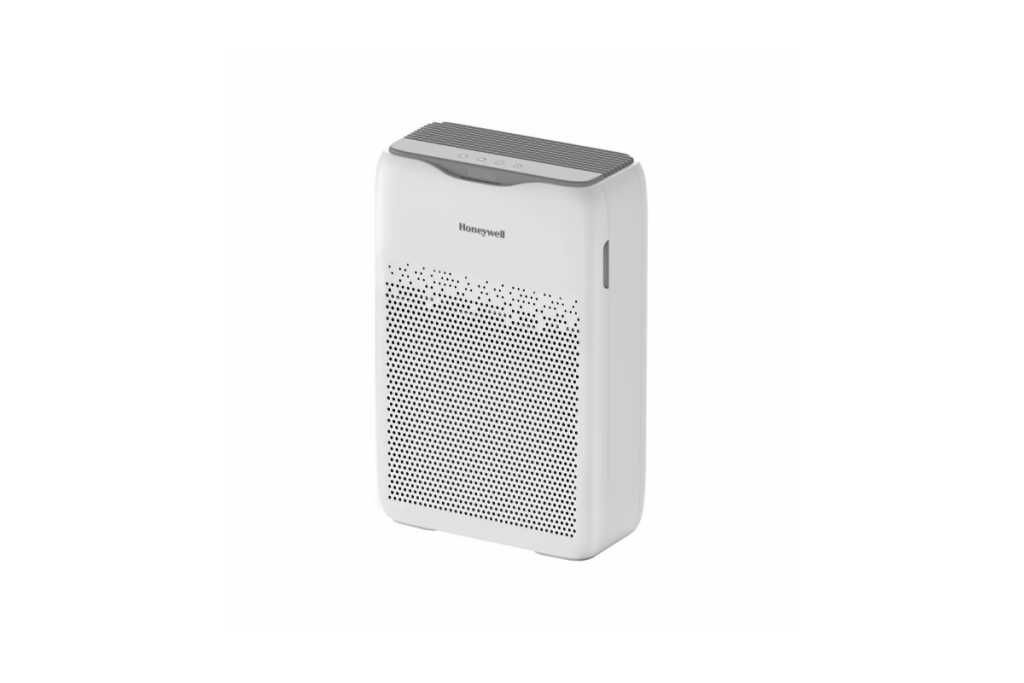
HEPA Air Purifiers are the most popular air purifiers in the Indian market. Air Filters are an integral part of an air purifier, and the differences in air purifiers come from the type of air filters used by the purifier. HEPA is a type of filter that filters particles that are 0.3 micrometres (μm) or larger in diameter. This means that the filter can not only remove smoke and other suspended particles but it can also filter pollen, dirt, dust, bacteria, and some viruses. These are commonly used in homes, hospitals, and even now in vehicles.
UV Air Purifiers

UV Air Purifiers, as the name suggests, use ultraviolet light to purify it. In these devices, air passes through a chamber where it is exposed to ultraviolet light, which kills airborne pathogens and microorganisms like viruses, bacteria, and molds. However, UV air purifiers do not filter out volatile organic compounds such as paints, cleaning agents, pesticides, etc.,
Activated Carbon Air Purifiers
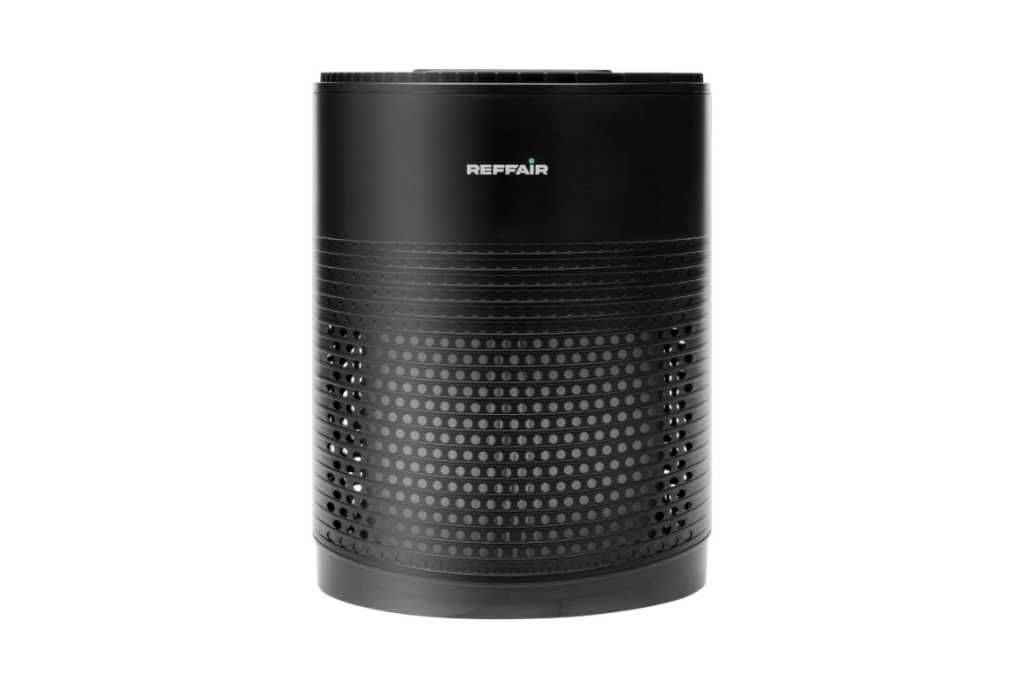
Another type of air purifier is the Activated Carbon Air Purifier, which uses a bed of activated carbon to remove impurities in air. The impurities get trapped inside the carbon filter using a process called adsorption. These type of air purifiers works better for removing volatile organic compounds, smoke, and fog.
Ionic Air Purifiers
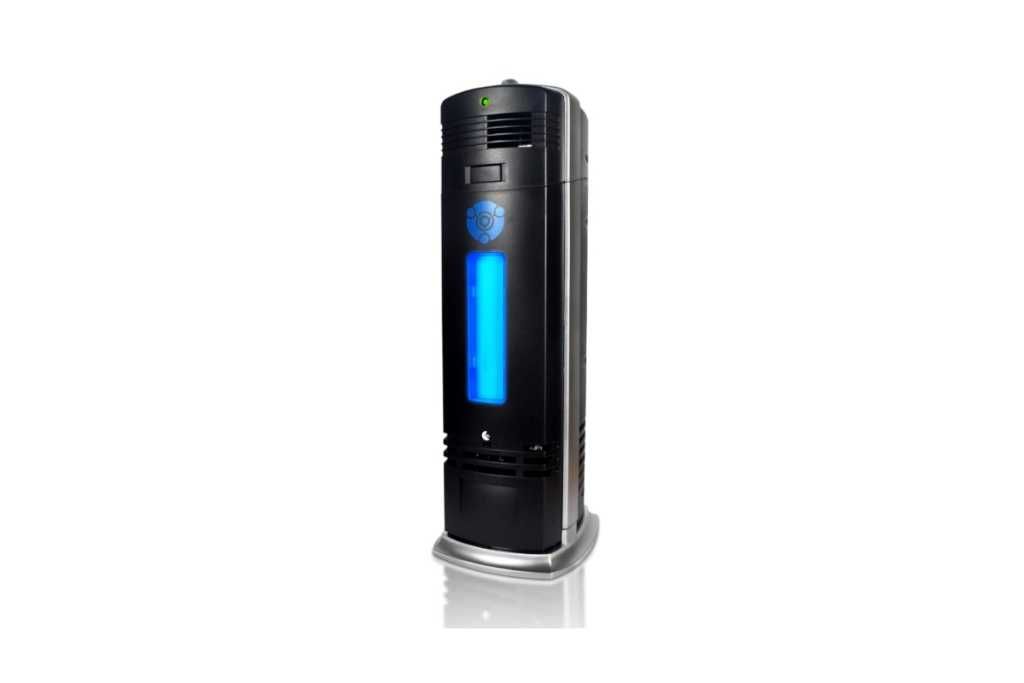
Ionizers or Ion generators remove the contaminants in the air by producing a constant stream of negatively charged ions to the air. This makes the particles in the air to be charged and get attracted to other particles. This, in turn, results in the particles getting too heavy to be suspended in the air and falling. These types of air purifiers are useful in removing small particles. Still, it is ineffective against dust, pollen, and dander, which means if you have an allergy of sorts, you should prefer other types of purifiers.
Electronic Air Purifiers
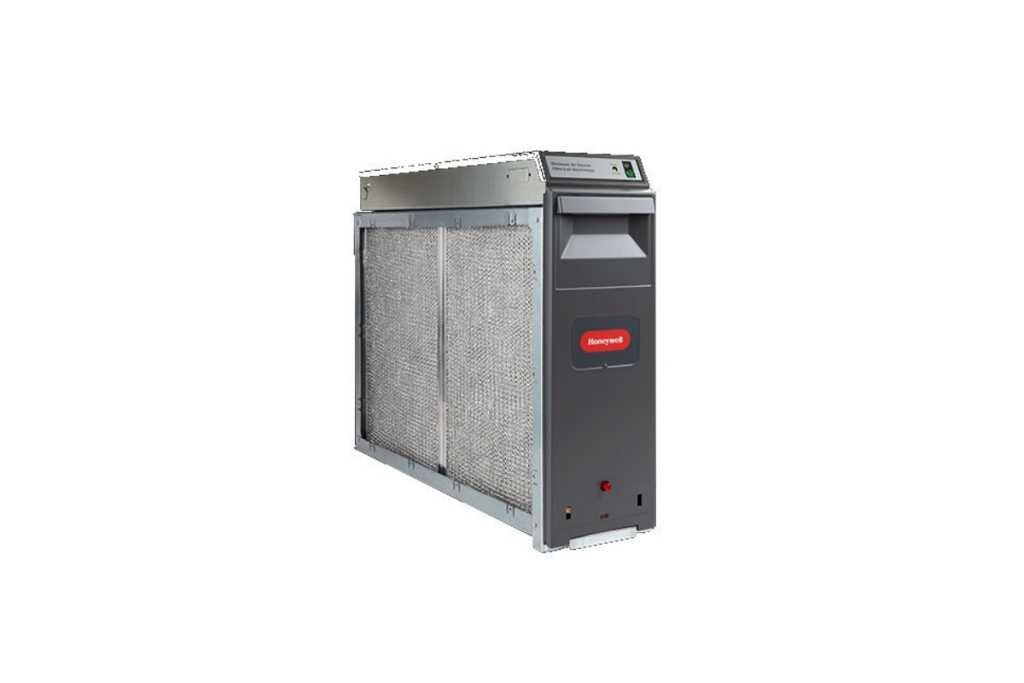
Electronic air purifiers use an electric charge to purify the air. It draws air in and traps the contaminants in the air using electrostatic attraction. These air purifiers sometimes also have HEPA filters and can remove 99.98% of the particles in the air.
Ozone Generator Air Purifier
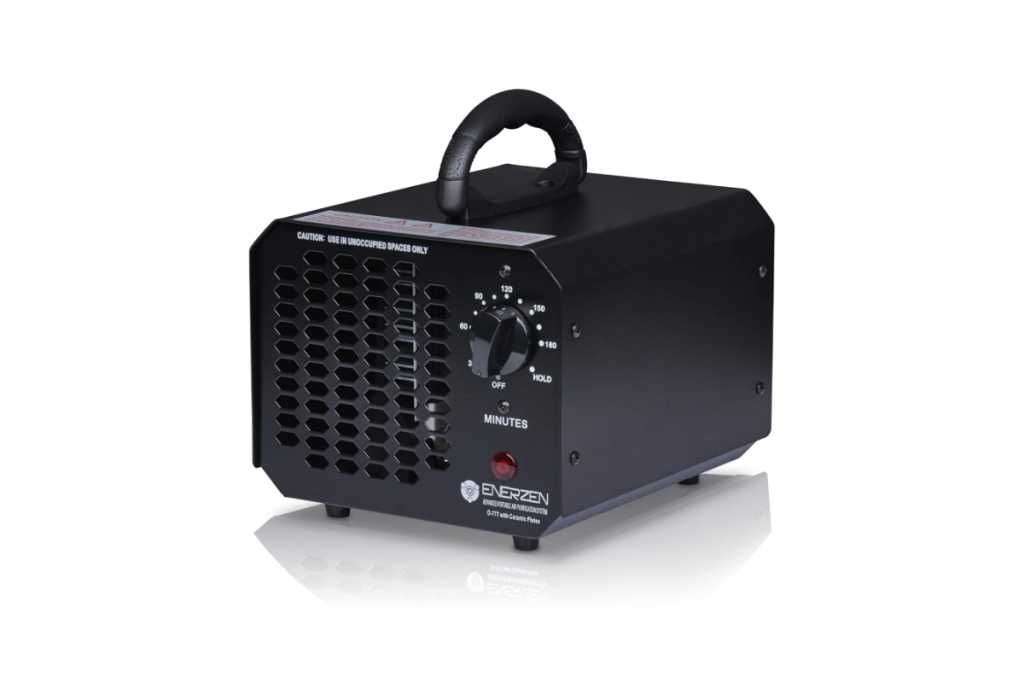
Ozone doesn’t need any introduction – the form of oxygen with three oxygen atoms, which is known to be unstable. Ozone is highly reactive; these air purifiers generate Ozone and make it react with the air to remove pollutants. However, Ozone air purifiers are not recommended by health professionals as Ozone is known to be highly reactive and can cause chest pain, coughing, and other irritations.
Central Air Cleaners
Central air purification systems are integrated with the HVAC system (Heating, Ventilation, and Air Conditioning system) of a building. These are used for big buildings where there is an existing HVAC system.
Air-To-Air Exchangers
Air-to-air exchangers are also used in HVAC systems like the previous one, where they operate under the principles of thermodynamics. These work by exchanging indoor air with outdoor air, reducing the concentration of pollutants in indoor air.
Why Air Purifiers Are Getting Important?
Air Purifiers are increasingly becoming important for reasons like
- Improved indoor air quality – Air purifiers improve indoor air quality, removing pollutants and allergens.
- Combat pollution – The pollution problem is increasing daily, and you don’t want to breathe polluted air in your home.
- Removing indoor odor – Air purifiers can purify and remove odor from the air, as they can filter out odor-causing particles in the air.
- Combating allergy – Air purifiers can remove allergy-causing particles such as pollen from the air, making it a must-buy if you have any pollen-induced allergy.
- Asthma relief – Pollutants can make your asthma symptoms worse, and having an air purifier can be a life changer for you.
- Health benefits – All the points mentioned above mean you’re getting lots of health benefits from using air purifiers.
Do You Need an Air Purifier?
If you’re living in an area where the air quality is bad, you definitely need an air purifier.
For example, if you’re living in a city, you might need one, while if you’re in a rural area, you might not. This is based on the pollution level in the parts of the country. You can check the Air Quality Index (AQI) in your area to determine that.
According to the Govt. of India:
- AQI < 50 – Good
- 50 < AQI < 100 – Satisfactory
- 100 < AQI < 200 – Moderately polluted
- 301 < AQI < 400 – Very poor
- 401 < AQI < 500 – Severe
If your AQI is in the moderately polluted range, that’s when you should start thinking about getting an air purifier. You can check the AQI in your area from various online tools and apps such as https://www.aqi.in/.
Also read: Room Air Purifier Air Purifiers Price List In India
Factors to Consider When Choosing an Air Purifier
Size & Capacity Considerations
You should consider the size of your room while getting an air purifier.
Most air purifiers are rated for various floor areas. So you need to calculate the floor area of your room or an approximate value of that. You can get the floor area by multiplying the length and breadth of your room (or an approximate of the same).
You have to get the air purifier rated for your specific floor area, no more, no less.
Noise Considerations
Air purifiers inherently produce noise, as it has one or more internal fans that will emit noise. Most brands have a decibel rating for letting you know the level of noise emitted by the equipment. You can use this metric to determine whether this air purifier is tolerable for you in terms of noise, as you can choose the air purifier with the lowest amount of dB. Take a look at this point of reference from noiseawareness.org:
| Decibel Level (dB) | Sound Source |
| 0 | The softest sound a person can hear with normal hearing |
| 10 | Normal breathing |
| 20 | Whispering at 5 feet |
| 30 | Soft whisper |
| 50 | Rainfall |
| 60 | Normal conversation |
| 110 | Shouting in ear |
| 120 | Thunder |
Energy Efficiency & Ratings
BEE star ratings, the star rating you’d find in various home appliances, aren’t given out for air purifiers. So, you cannot assess the energy consumption of air purifiers based on that as you do for ACs, TVs, and more. Instead, you must rely on the device’s wattage to know how much power an air purifier consumes. The less the Watts, the less power it uses.
Filter Change & Cost
The thing with air purifiers is that they need periodic maintenance – changing the air filters.
Most air filters come with an indicator that notifies you to change the air filters. You need to change the filter and have the filters ready with you as well.
The frequency of changing an air filter depends on the level of pollution or AQI in your area.
The replacement filter is also different for different brands of air purifiers. So you not only need to check out the price of the air purifier but also the price of the replacement filters.
CADR
CADR or Clean Air Delivery Rate is an important metric to check for in air purifiers. It is the measurement of the clean air volume that an air purifier can provide in a set time. It measures how efficient the air purifier is in cleaning the dirty air in a room. The higher the CADR score, the more efficient an air purifier is. So, when comparing two air purifiers, always choose the one with a higher CADR score!
Features of Air Purifier
Here are some features and benefits of using an air purifier:
- Protection against bacteria and some viruses – some types of air purifiers can even filter out viruses and bacteria.
- Protection against VOCs – Volatile organic compounds are stuff emitted by household products such as paints, cleaning products, etc. Air purifiers can purify the air from these.
- Automatic detection – Some air purifiers can detect the particulates automatically and even report them on display.
- Night mode – Some air purifiers have night mode, which makes the device operate at lower noise levels.
- Filter replacement notification – Most air purifiers have a notification mechanism, such as an LED light, to alert you to change the filters on time.
- AQI – Some air purifiers even have real-time AQI (Air Quality Index) displayed on the device.
How to Use and Maintain an Air Purifier
Here are some tips for using and maintaining an Air Purifier:
- Find the perfect location for your Air Purifier – The first thing you want to do is find a perfect location for your new air purifier. Ideally, the air purifier must be in the middle of the room.
- Keep your Air Purifier on all the time – Air Purifiers are usually easy to use. You just turn it on and let it run all day long. The one thing you need to keep in mind is that you need to keep the device on at all times.
- Watch out for filter change warnings – Air Purifiers have sensors and indicators to let you know it’s time to replace the filters.
- Clean and replace the filters regularly – You need to replace the filters on your air purifier regularly.
- Close the doors and windows – Closing the doors and windows is a great way to improve indoor air quality.
Tips for getting the most out of your Air Purifier
Here are some of the tips for getting the most out of your air purifier:
- Change the filters regularly.
- Find the right place for the air purifier in your home.
- Clean your house regularly for less load on the air purifier.
- Clean the air purifier regularly.
- Use the Auto setting so that the air purifier adjusts the fan speed based on air quality.
Frequently Asked Questions
1) What is the difference between HEPA and carbon air purifiers?
The difference between both types of air purifiers is with the filters used. HEPA filters are made of fine fiberglass mesh that can eliminate 97% of particles in the air. Meanwhile, carbon filter air purifier
2) What is the CADR rating, and why is it important?
CADR or Clean Air Delivery Rate provides a standard for knowing the effectiveness of the air purifier. A higher CADR is preferred as higher numbers indicate that the air purifier is better at purifying the air. It is an excellent metric for comparing different air purifiers.
3) How often should I change my air purifier filter?
The frequency of changing the air purifier filter depends on the type of air purifier you have. For reference, a HEPA filter should be replaced within 12 months, while an activated carbon filter needs replacement in 3 to 6 months. You have to refer to the product manual to know the frequency of your air purifier.
4) How do I know if my air purifier is working properly?
You can check if there is airflow from your air purifier. You can then check the filter’s condition; if it’s dirty, it might be time for replacement. You can also check the indicator lights for any red lights.
5) What air pollutants can an air purifier remove?
Air purifiers can remove various pollutants, such as particulate matter, gaseous and vapour pollutants, and surface pollutants. Different types of air purifiers remove different types of pollutants.
6) How long do air purifiers last?
Air purifiers can last from two to five years or more if you maintain it well.
